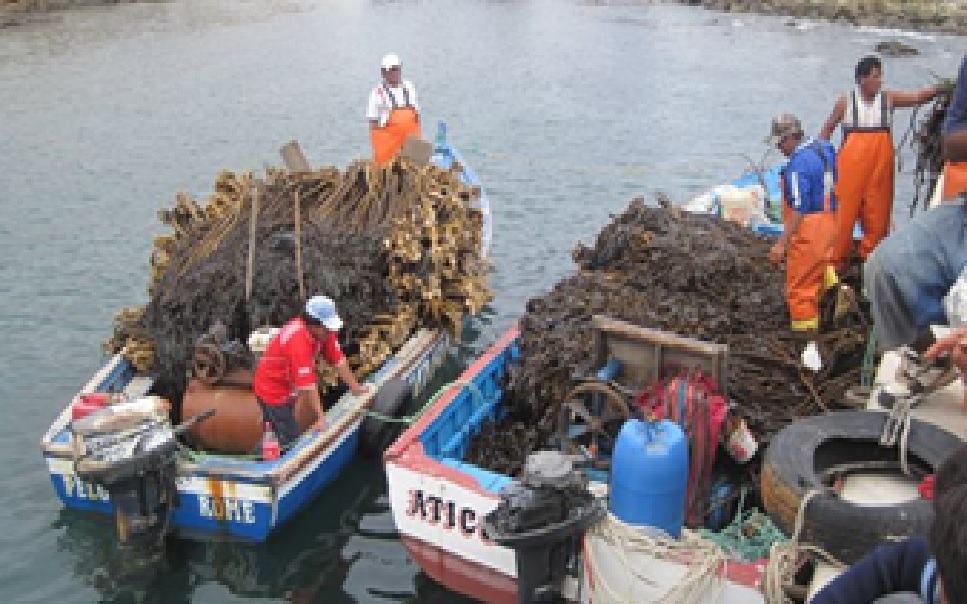Targeted communication products and outreach
After developing several communications products geared to different audiences, we released the valuation findings at the International Year of the Reef Symposium in Belize City in November 2008. We also distributed findings in a six-page summary pamphlet for decision makers; several local partners also incorporated the results into videos shown to the Prime Minister and other officials at the gala event that evening. At the request of the Protected Areas Conservation Trust (PACT), we also produced a one-page document aimed at policymakers and have distributed it through PACT and other local partners.
We also made Excel-based tools to facilitate replication of our valuation methods and data collection. These tools and users’ manuals, along with the full technical report and summary, are all freely available for download at our website.
The Healthy Reefs for Healthy People Initiative, along with WWF, WCS, Oceana, and many other local NGOs, have used the economic valuation findings in their efforts to negotiate for tighter fishing regulations, new mangrove legislation, a ban on offshore oil drilling, and other conservation and sustainable management goals.
- Partnership and stakeholder engagement: A strong collaboration with dedicated partners ensured relevant and effective communication with decision makers. In most instances, our Belizean partners led outreach and dissemination.
- Critical access to decision makers through Belizean partners.
- Strategic packaging of results: We compared the value of Belize’s coral reefs and mangroves to national GDP.
- Timeliness: The release of results coincided with important events and activities in Belize.
Use different communications products (e.g. long paper, short summary of key findings, video, presentations) and channels (e.g. public events, private targeted meetings, through partners and their networks) to reach your key audiences. In particular, encourage your partners to make use of and promote your findings and recommendations.
